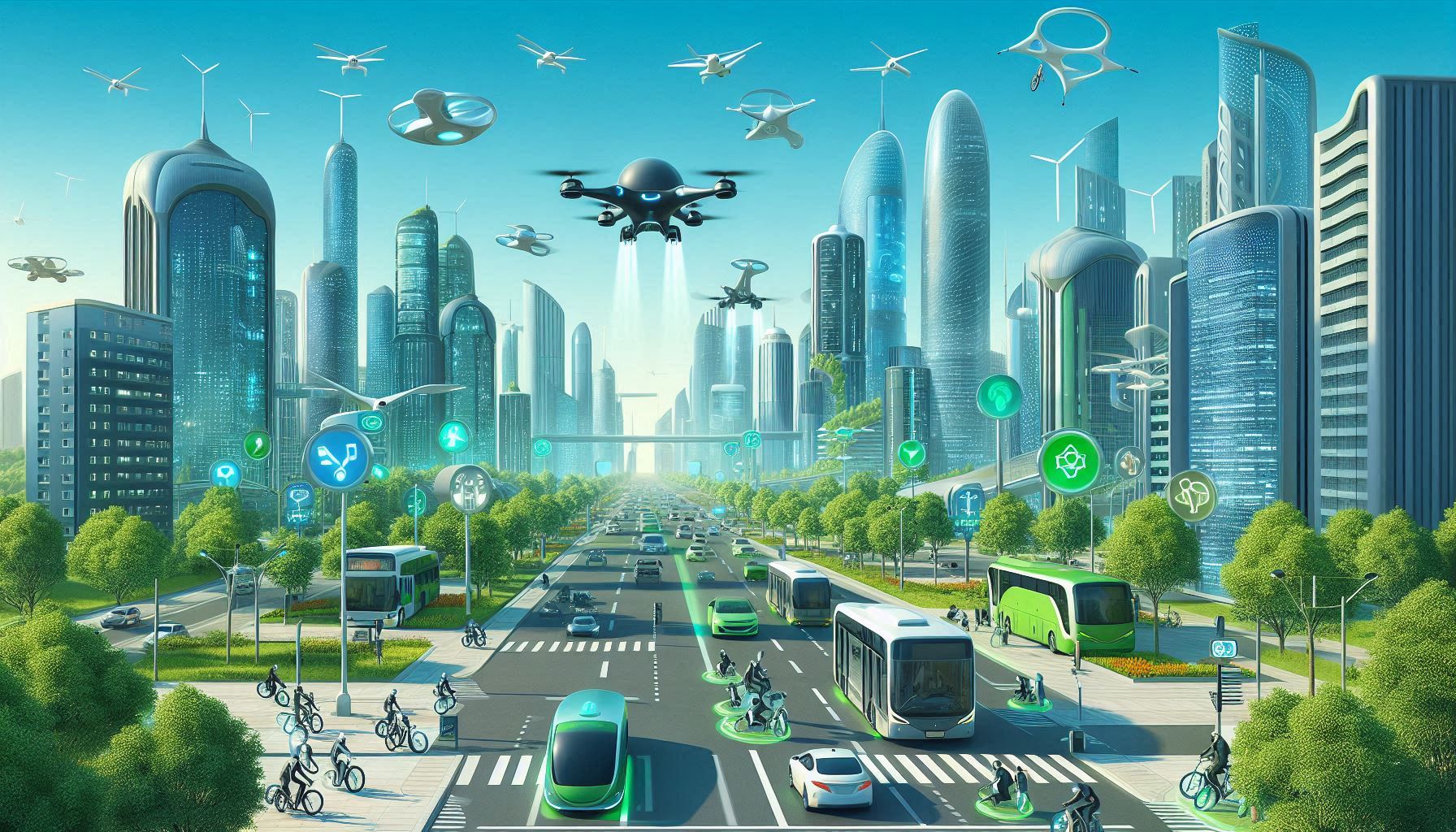The automotive industry is rapidly evolving, with new technologies redefining the way we drive, navigate, and interact with our vehicles. From enhanced safety systems to autonomous driving, these innovations are improving safety, efficiency, and the overall driving experience. Here’s a look at some of the most impactful vehicle technology advancements.
1. Autonomous Driving Technology
Autonomous driving technology, also known as self-driving technology, allows vehicles to navigate without human intervention. Although fully autonomous vehicles are still in development, many cars now come equipped with advanced driver assistance systems (ADAS) that provide semi-autonomous features.
Key Features:
- Lane Keeping Assist: Helps keep the vehicle within lane boundaries.
- Adaptive Cruise Control: Adjusts speed automatically to maintain a safe distance from the vehicle in front.
- Traffic Jam Assist: Assists with acceleration, braking, and steering in heavy traffic.
Autonomous technology is expected to improve road safety and reduce accidents caused by human error. Companies like Tesla, Waymo, and other major automakers are leading the way in self-driving advancements.
2. Electric and Hybrid Vehicles
Electric vehicles (EVs) and hybrids are transforming the automotive landscape by providing more sustainable alternatives to gasoline-powered cars. These vehicles reduce greenhouse gas emissions and dependence on fossil fuels, aligning with global efforts to combat climate change.
Key Components:
- Battery Technology: Advanced lithium-ion batteries and emerging solid-state batteries offer longer ranges and faster charging times.
- Regenerative Braking: Captures energy during braking and uses it to recharge the battery.
- Hybrid Systems: Combines electric and gasoline engines, optimizing fuel efficiency.
With innovations in battery technology, electric and hybrid vehicles are becoming more accessible, with brands like Tesla, Nissan, and Ford leading this sustainable transformation.
3. Vehicle Connectivity and the Internet of Things (IoT)
Connectivity features powered by the Internet of Things (IoT) enable vehicles to connect to the internet and other devices, enhancing navigation, entertainment, and real-time vehicle diagnostics.
Key Aspects:
- In-Vehicle Wi-Fi: Allows passengers to stay connected and stream content on the go.
- Remote Diagnostics: Notifies owners of maintenance needs, helping to prevent unexpected breakdowns.
- Vehicle-to-Vehicle (V2V) Communication: Enables cars to share data about road conditions, traffic, and hazards, enhancing overall road safety.
Connected cars are also compatible with mobile apps, allowing owners to start their vehicles, adjust settings, and locate them remotely. Leading automakers like General Motors, BMW, and Audi have implemented these features in their vehicles.
4. Enhanced Safety Features
Safety remains a top priority in vehicle technology advancements, and recent innovations focus on proactive protection for drivers and passengers. Many of these safety features use sensors, cameras, and radar technology to monitor the environment around the vehicle.
Key Safety Innovations:
- Automatic Emergency Braking (AEB): Detects imminent collisions and applies the brakes if the driver doesn’t respond in time.
- Blind Spot Monitoring: Alerts drivers of vehicles in their blind spots to prevent side collisions.
- Pedestrian Detection: Identifies pedestrians near the vehicle and triggers alerts or braking if a collision is likely.
Brands like Volvo, Toyota, and Mercedes-Benz continue to push the envelope in safety technology, making these features increasingly standard across the automotive industry.
5. Augmented Reality (AR) Dashboards
Augmented reality (AR) is enhancing the driving experience by integrating digital information into the driver’s view. AR dashboards display real-time data on the windshield, such as speed, navigation, and hazard alerts, allowing drivers to keep their eyes on the road.
Key Applications:
- Heads-Up Displays (HUDs): Projects key information like speed, navigation, and warning signals directly on the windshield.
- Real-Time Navigation Overlays: Shows turn-by-turn directions as visual cues on the road.
- Safety Alerts: Highlights obstacles, such as pedestrians or animals, in the driver’s field of vision.
Companies like BMW and Hyundai are investing in AR technology to create immersive and safer driving experiences.
6. Artificial Intelligence and Machine Learning in Vehicles
Artificial Intelligence (AI) and machine learning are driving many automotive advancements, from smart infotainment systems to predictive maintenance.
Key AI Features:
- Voice Recognition: Allows drivers to interact with their vehicles through voice commands, minimizing distractions.
- Personalized Driving Experiences: AI adapts settings based on individual preferences for seat positioning, temperature, and navigation routes.
- Predictive Maintenance: AI analyzes data from sensors to predict potential issues before they become critical, improving vehicle longevity.
Automakers like Mercedes-Benz and Tesla are implementing AI to make vehicles more user-friendly and responsive to driver needs.
Conclusion
Vehicle technology advancements are revolutionizing transportation, offering new levels of convenience, safety, and environmental responsibility. From autonomous driving and electric powertrains to AI-driven personalization and AR dashboards, these innovations are reshaping how we interact with our vehicles. As technology continues to evolve, the future of driving holds exciting possibilities for efficiency, safety, and sustainability.



